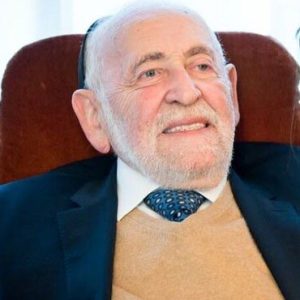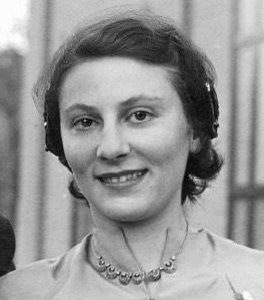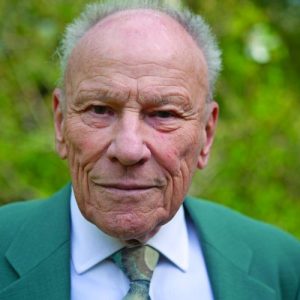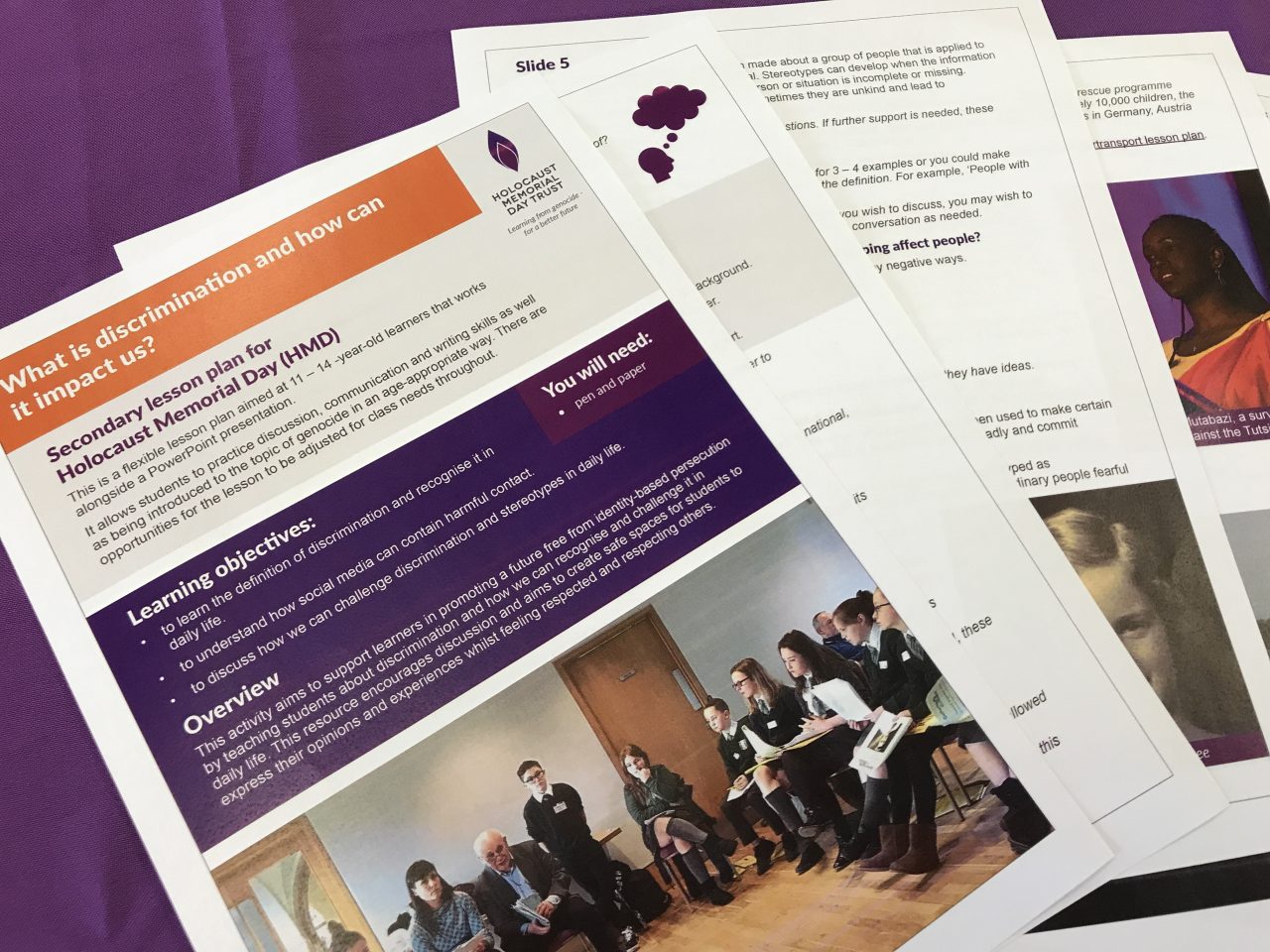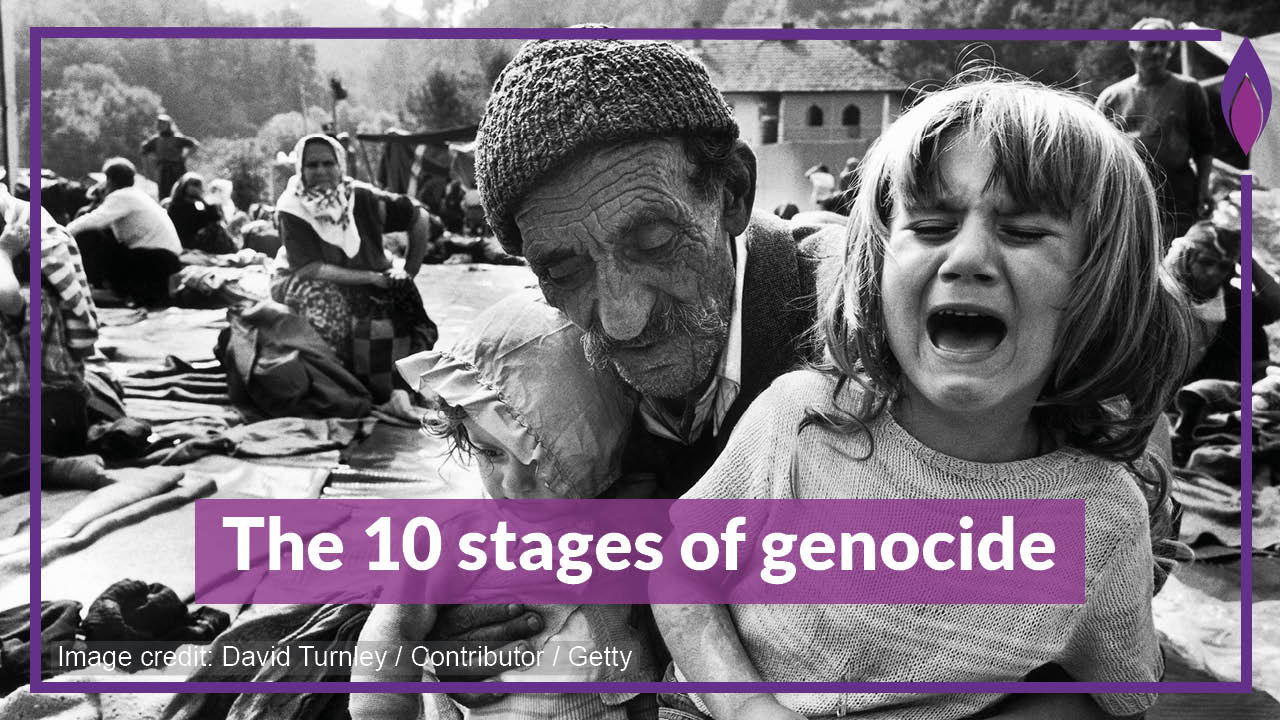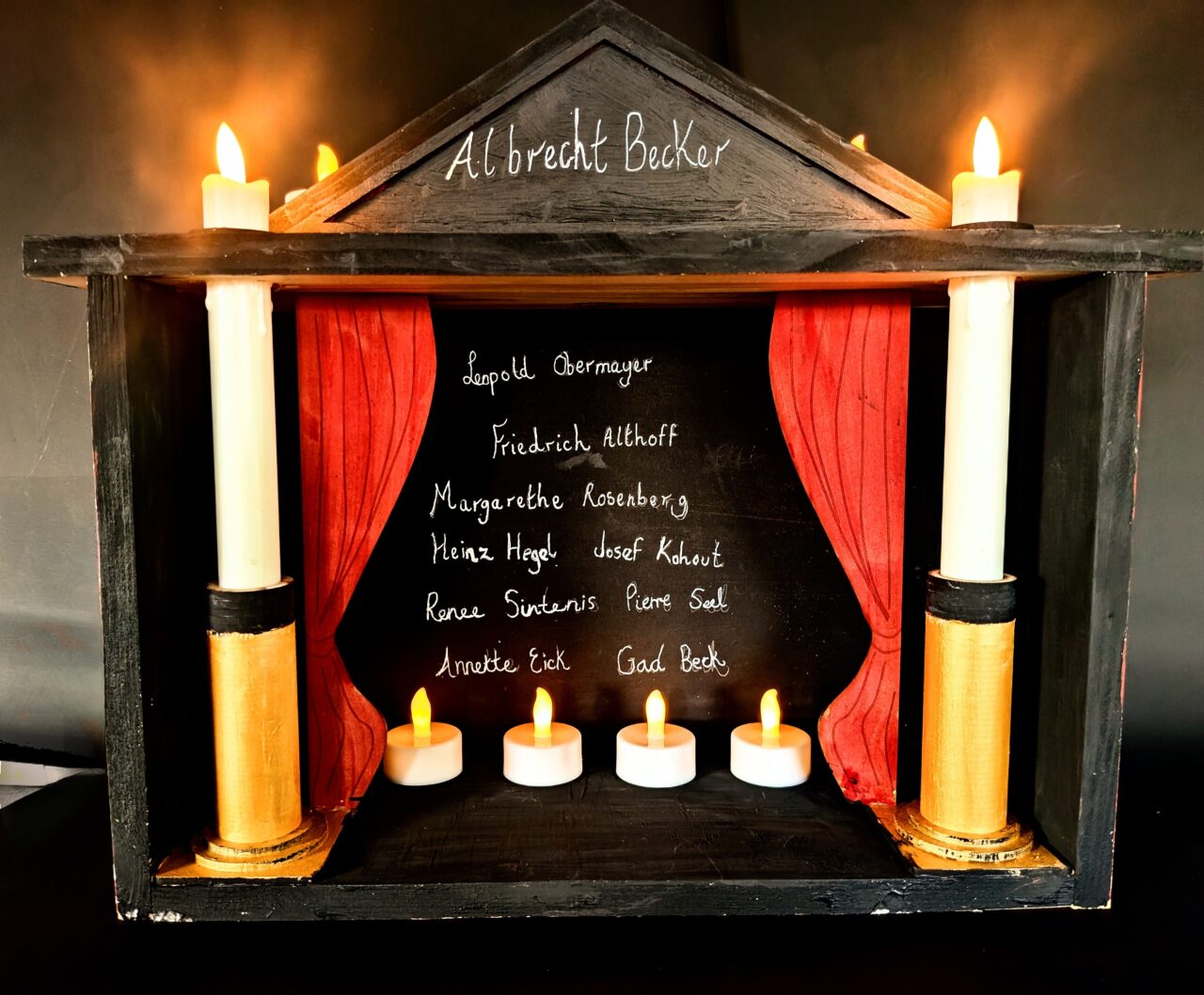
80 Candles for 80 Years
A powerful nationwide arts and education exhibition commemorating 80 years since the liberation of the Nazi’s Auschwitz-Birkenau concentration camp has been launched by The Holocaust Memorial Day Trust and will tour the UK throughout 2025.




